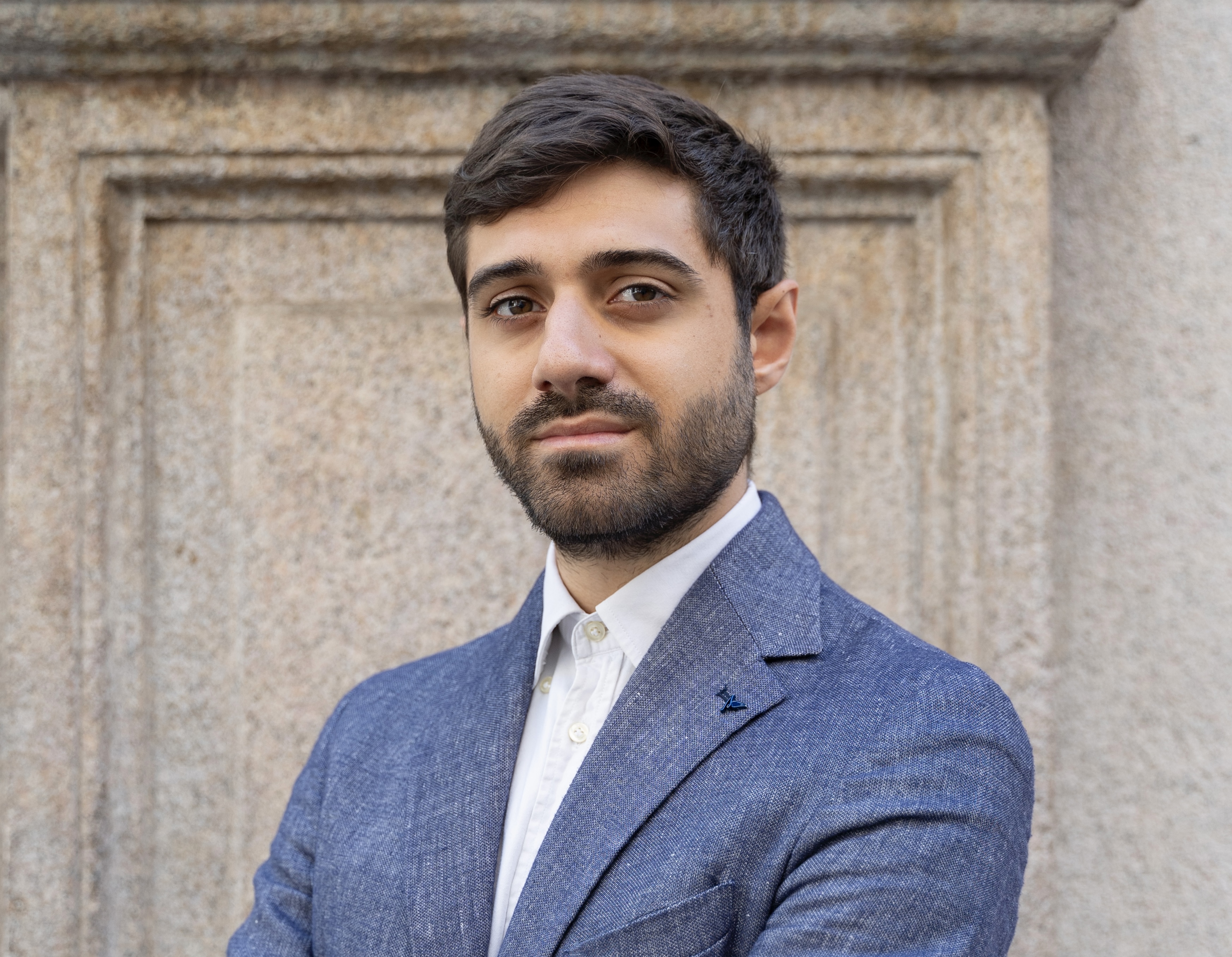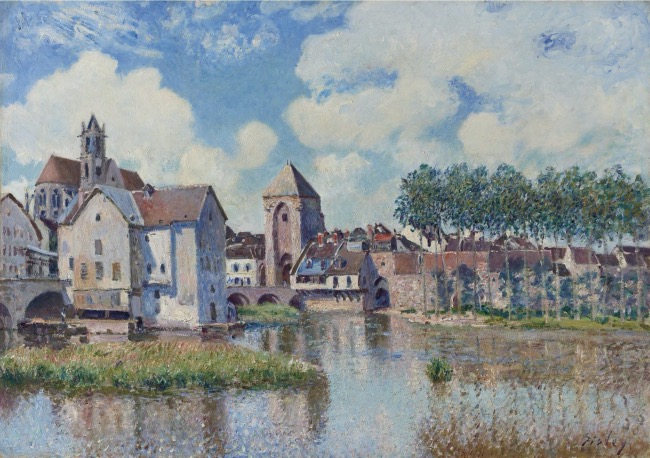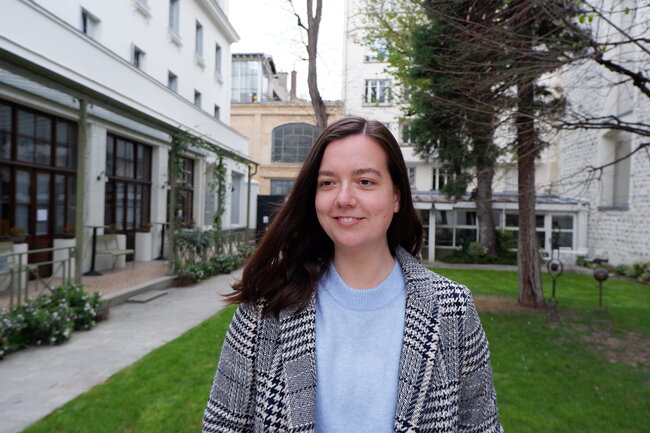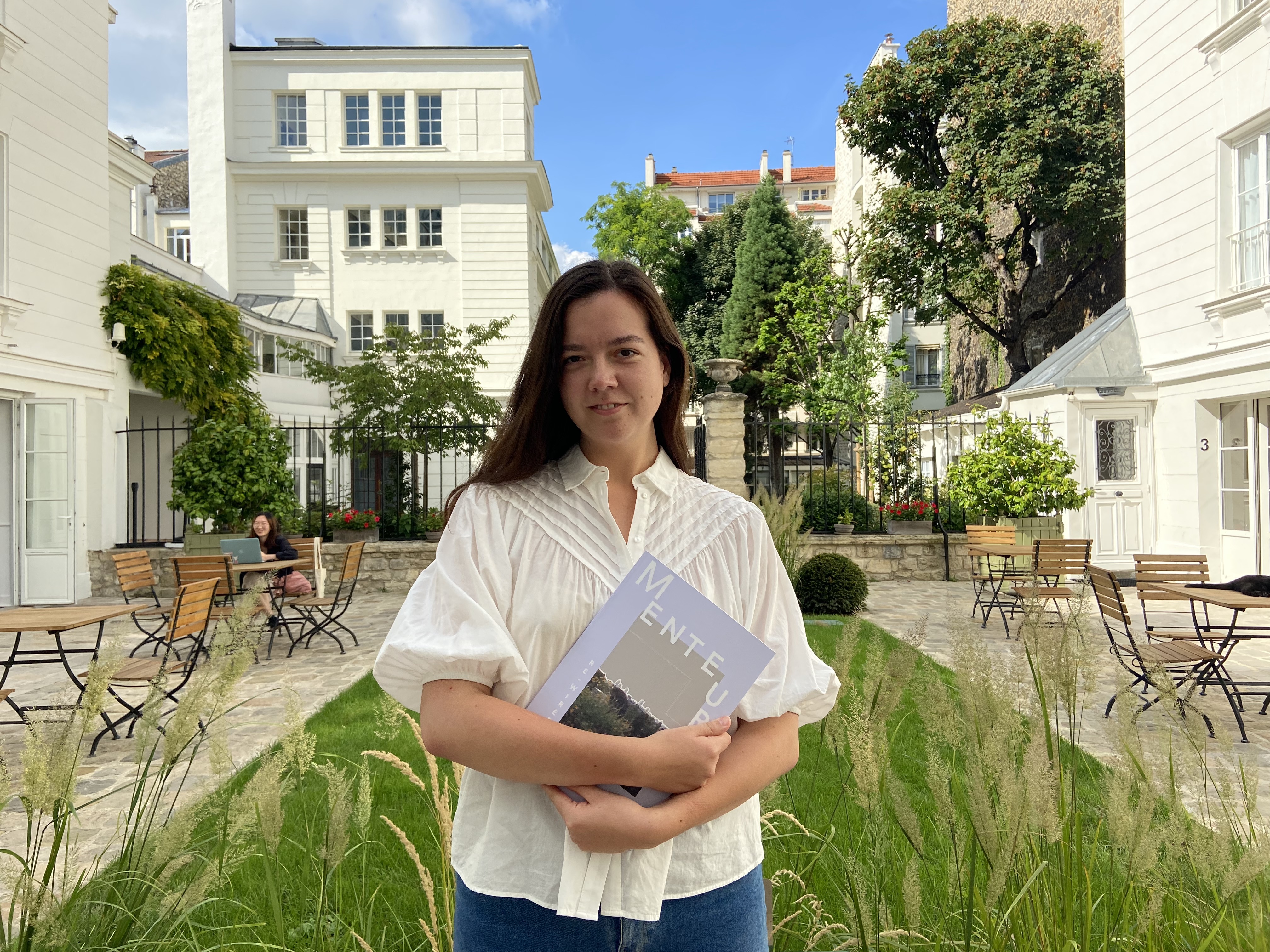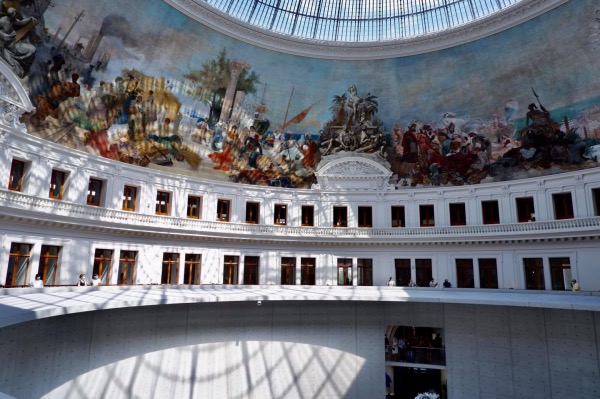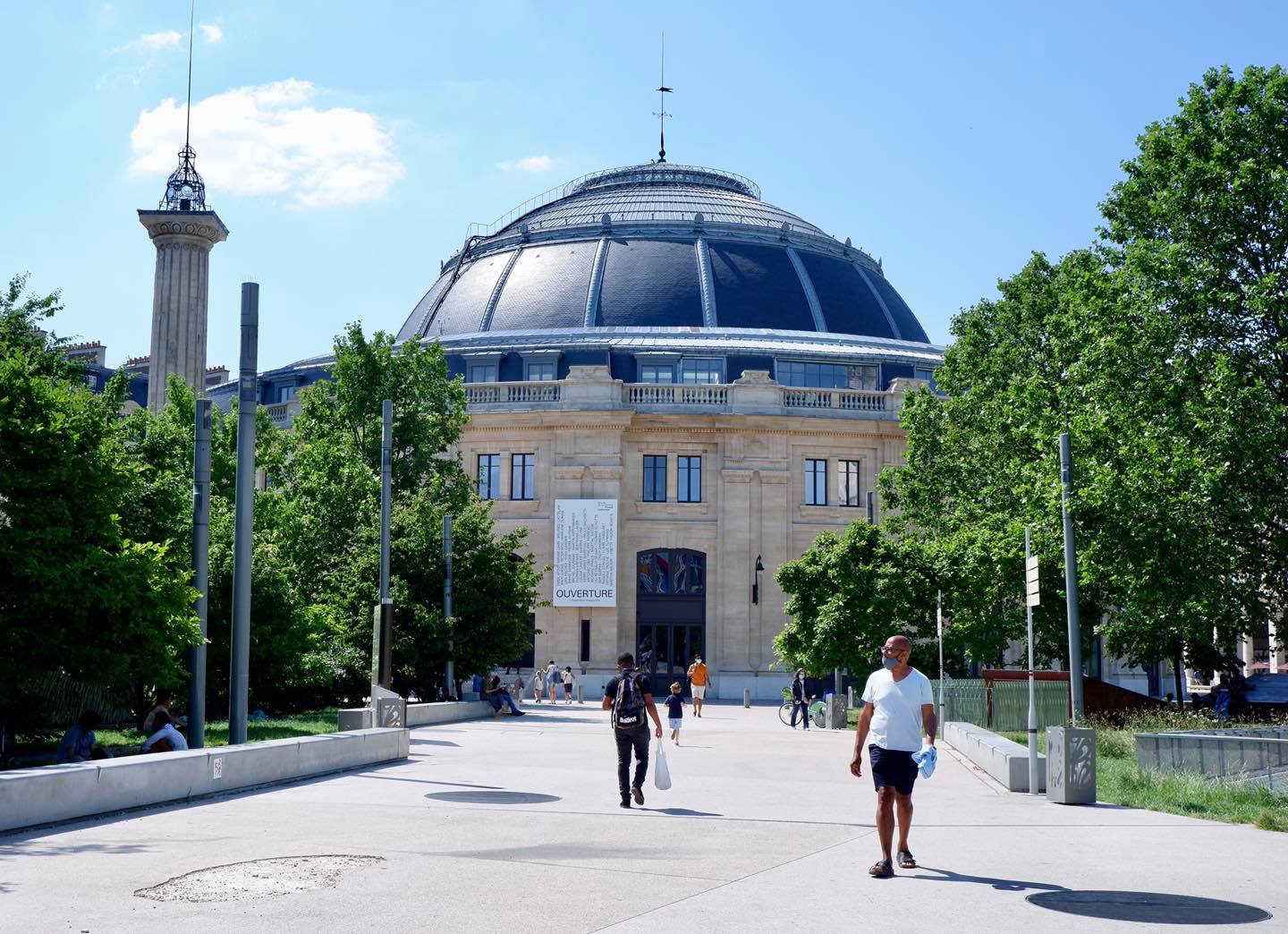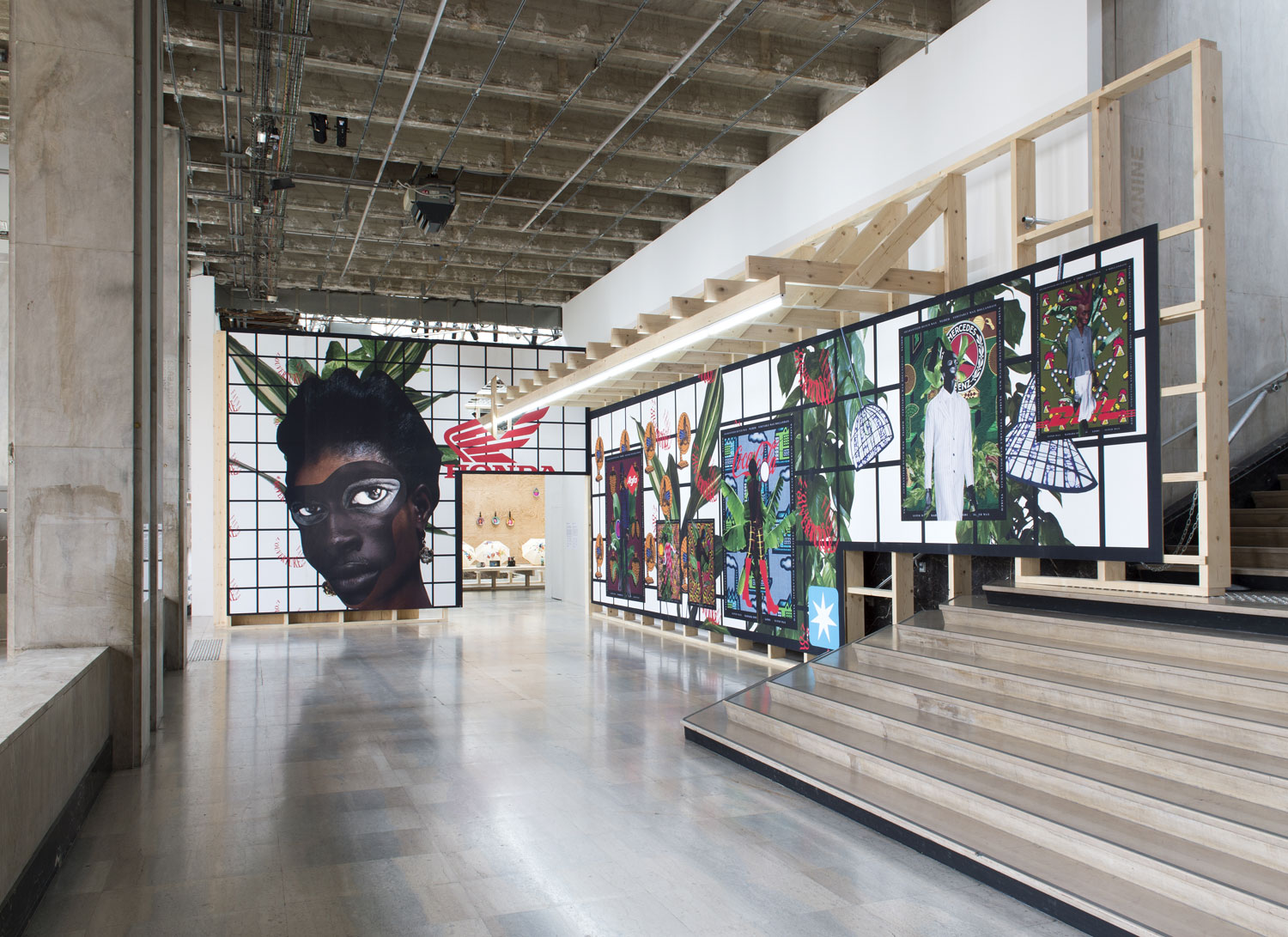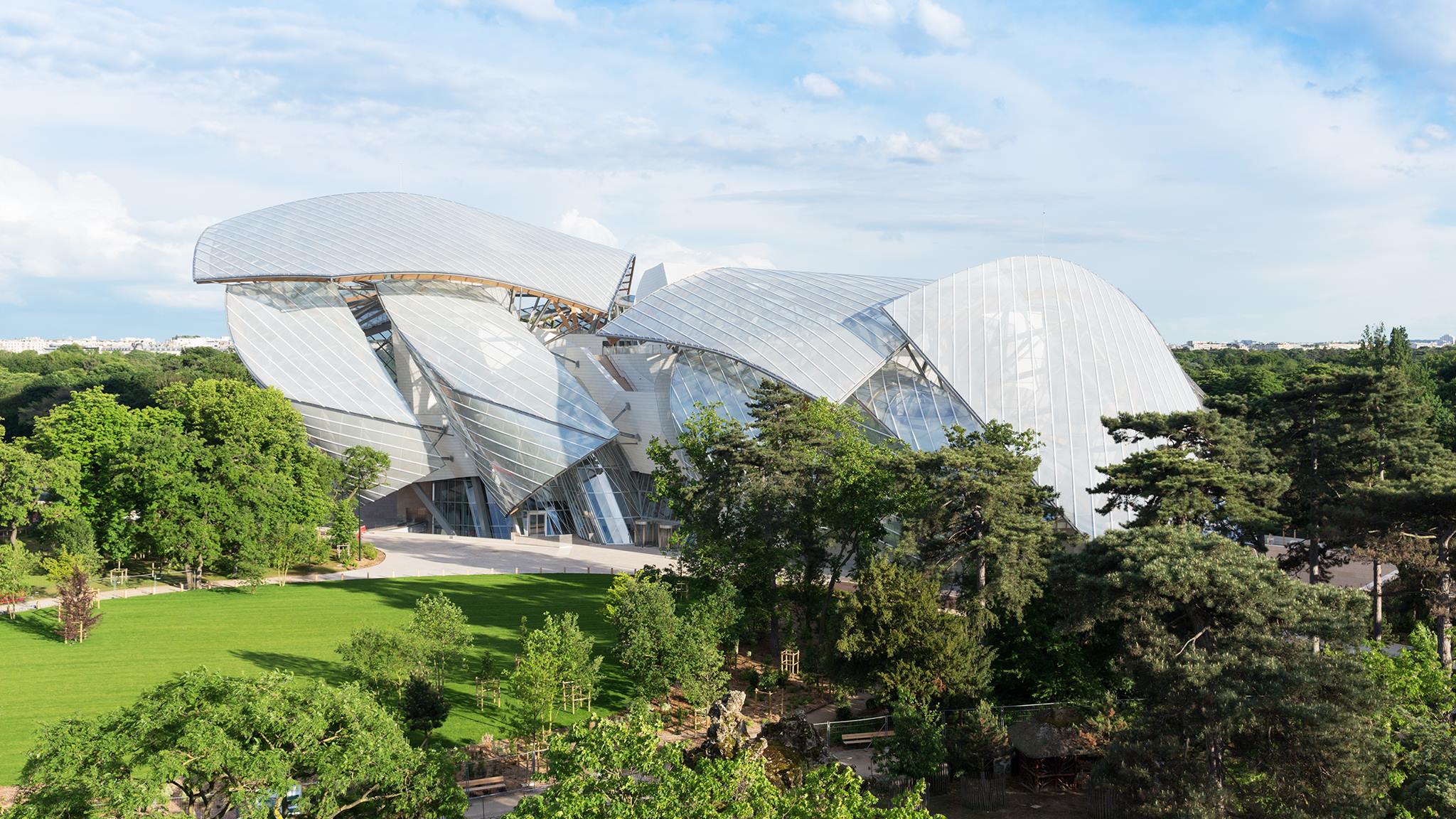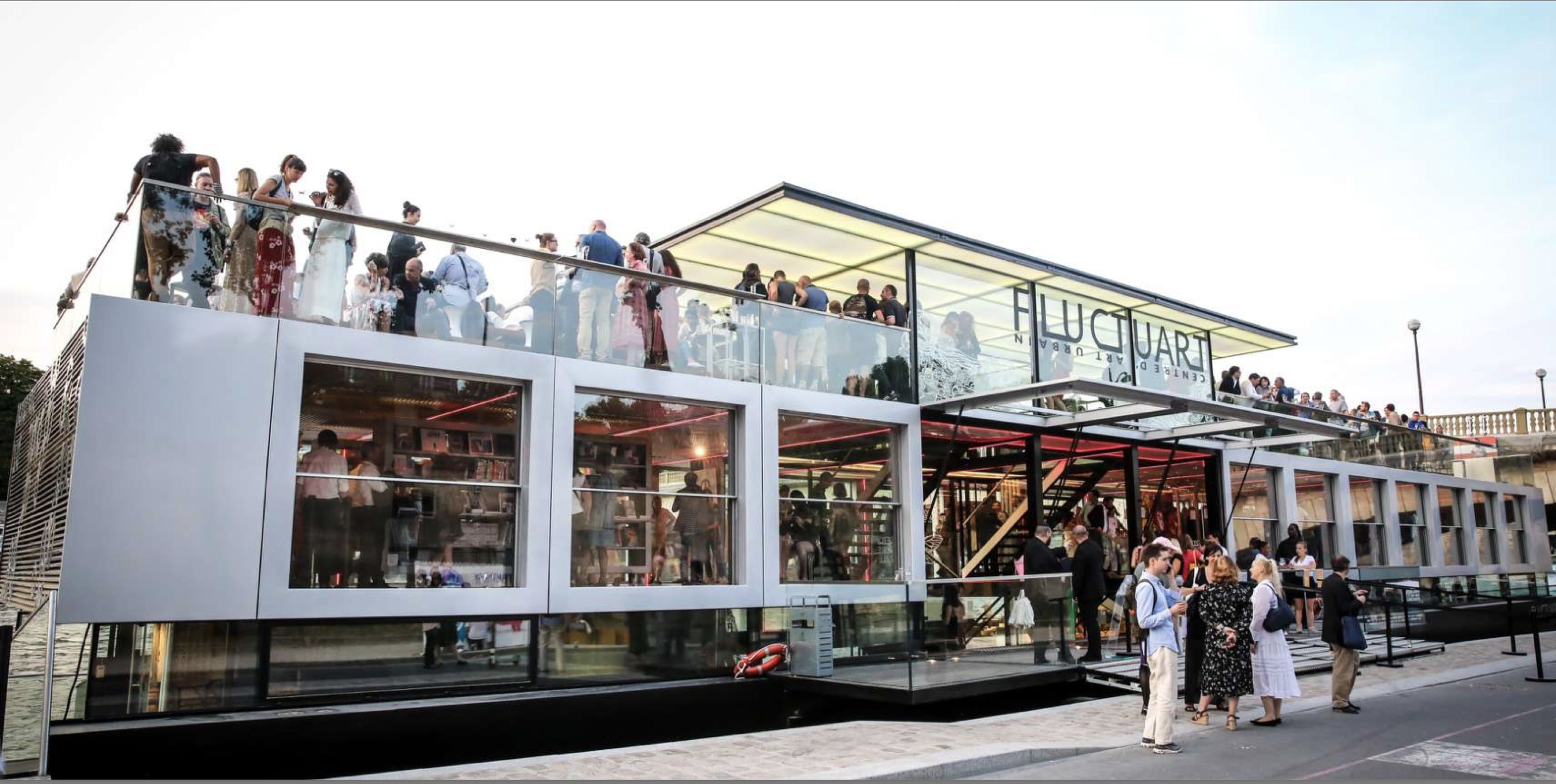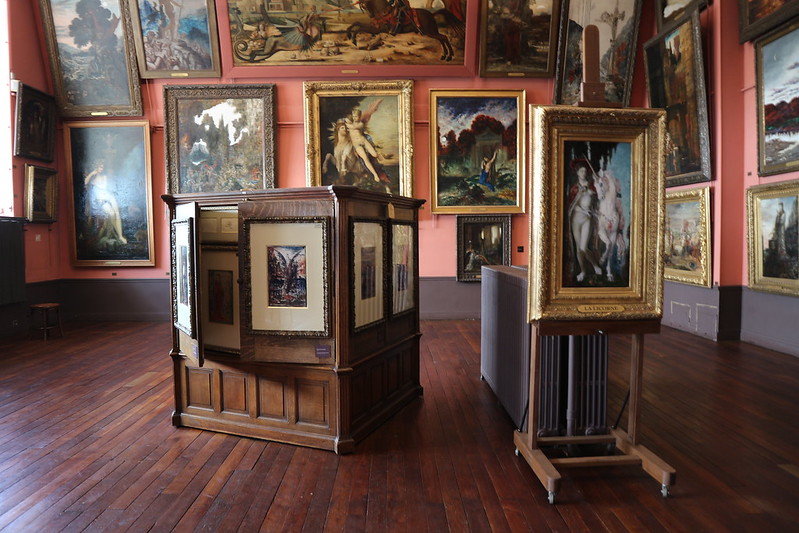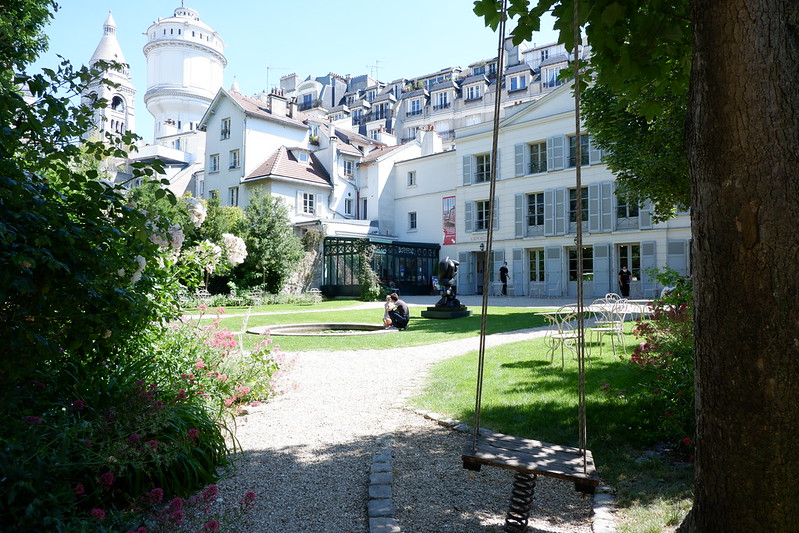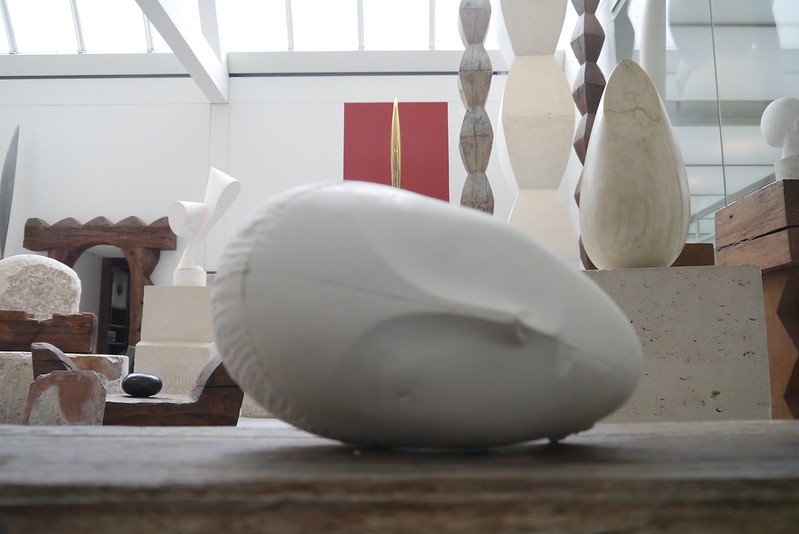Viewing artist masterpieces in person, at world-class museums, is one of the top reasons for studying art history in Paris. However, you can put yourself into the shoes, or rather artist smocks, of a wide range of 19th and 20th century artists by visiting the actual places they lived, worked and painted. Many of these are easily accessible on half and full day trips from Paris, a journey which can even be free if you have a Pass Navigo. Giverny often tops the list, however, it can get really crowded in season and is also closed from November to March. Instead, we recommend venturing out on these excellent art-themed day trips from Paris.
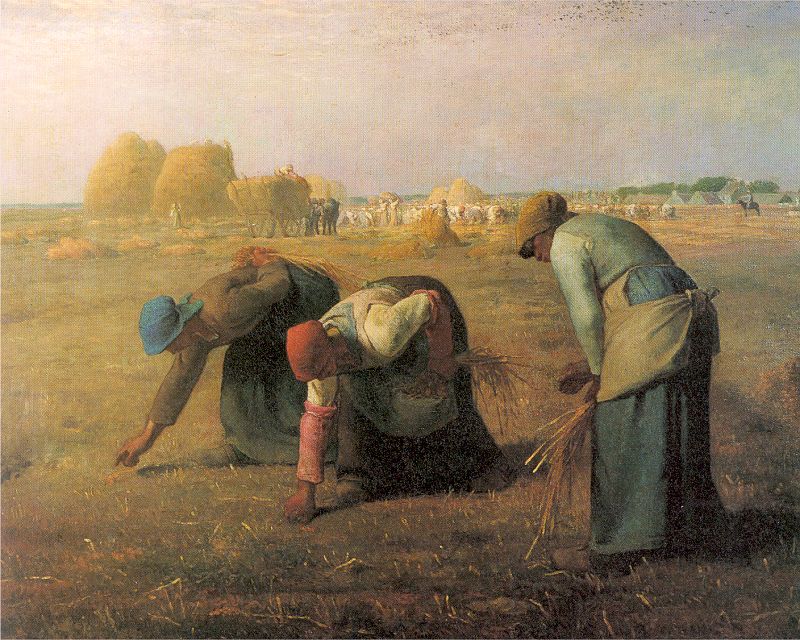
The Gleaners, Jean-Francois Millet (1857), Musée d’Orsay / CC
Barbizon
Decades before the Impressionists, an earlier generation of artists took to painting in fields outside Paris, namely around this village. Striving for realism in their works, these artists, including Millet, Rousseau, Corot and Daubigny, formed a movement later called the Barbizon School. In the early 1860s, the young budding artists Monet, Renoir and Sisley were drawn here, helping create the foundations of Impressionism. Modern-day visitors to Barbizon can tour a number of former artist haunts and studios, like the Auberge Ganne, now a small museum. Afterwards visiting the village, take a stroll through the nearby picturesque countryside which so inspired the artists.
Getting there: It takes 40 minutes by suburban train, Gare de Lyon to Fontainebleau-Avron (Line R), then take bus 21 to Barbizon.
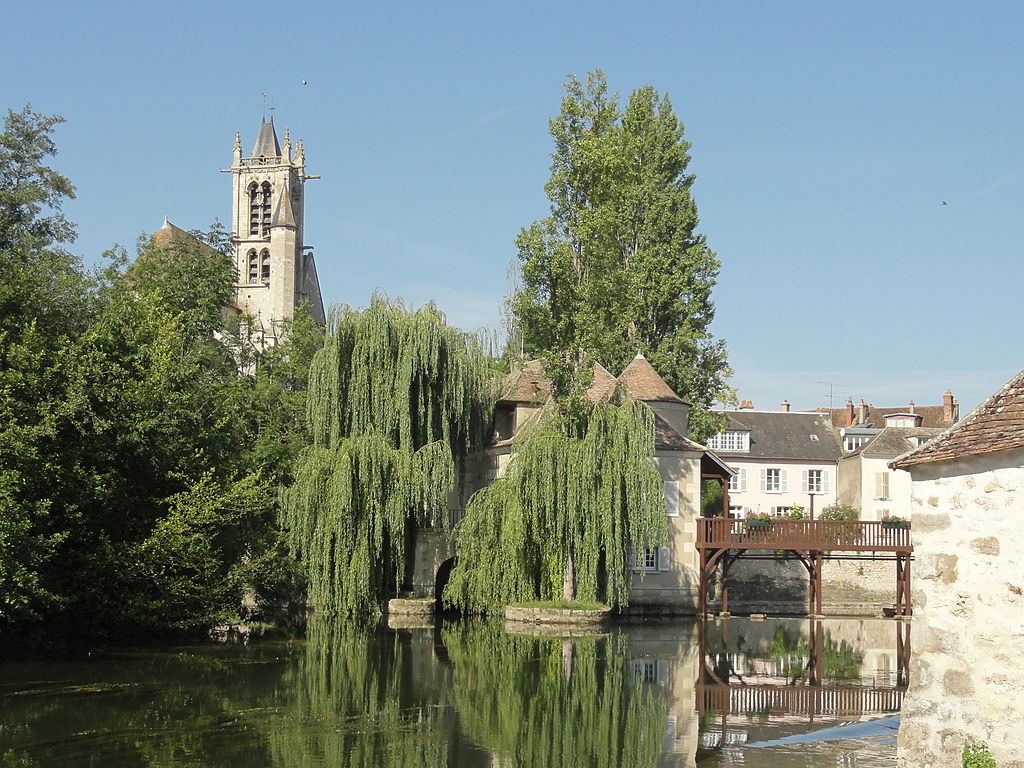
Eglise Notre-Dame, Moret-sur-Loing. Pierre Poschadel / CC (and top image by Alfred Sisley)
Moret-sur-Loing
Not too far from Barbizon is this pretty Medieval village which was a popular destination of the Impressionists. Alfred Sisley loved it so much that he spent the last 20 years of his life living and painting here. You can follow in his footsteps thanks to some self-guided walks created by the local tourism office (stop in there for more info or see their website). Along the way, you’ll also be able to admire the lovely town’s ancient churches, its medieval gates and historic mills along the Loing River. You can also rent bike rentals at the tourist office to visit the village and its surroundings.
Getting there: It takes 45-minute by suburban train, Gare de Lyon (Line R) to the Moret-Veneux-les-Sablons.

Notre-Dame-de-l’Assomption Church in Auvers-sur-Oise / CC
Auvers-sur-Oise
In northwestern Paris, not far from Giverny, is this even more charming village with connections to various artists, namely Vincent van Gogh. After two years in Provence, van Gogh spent the last 70 days of his life in Auvers-sur-Oise, painting almost a painting per day. Panels around town allow visitors to compare the Dutch artist’s works with the actual location he painted, many of which are now on display at the Musée d’Orsay. Visitors can peer in at the room he stayed in at the l’Auberge Ravoux, where you can also enjoy a lunch of cuisine from the era. A short walk through the fields will take you to the village’s cemetery, the final resting place of Vincent and his beloved brother Theo. The town is also home to a number of other art studios and cultural venues. Some of these sites close in winter, however, all the outdoor venues are still viewable.
Getting there: From April to October on Sat and Sun, there’s a direct train from Gare du Nord to Auvers-sur-Oise departing at 9:30. The rest of the year, the journey takes an hour, by taking the suburban train from the Gare du Nord (Line H) and changing at Persan-Beaumont to Auvers station.
Chemin des Impressionnistes
A short ride on the RER A west of Paris will allow you to retrace the path of a range of Impressionists who painted along the Seine River. Many scenes of guinguettes, casual outdoor bars and dance halls, were painted on River’s banks spanning from Le Pecq to Carrières-sur-Seine. These locations are now organised along a route called le Chemin des Impressionnistes. You can choose between five paths (of five to 12 kilometers long) which als have placards illustrating the works created at certain spots. Your meander might take you past Renoir’s Route de Versailles, Pissarro’s Le village de Voisins or to Chatou’s l’Ile des Impressionnistes. The bucolic island is still home to the favourite Impressionist haunt, La Maison Fournaise, a great spot to stop for a break during your outing.
Getting There: There are a number of starting off points, like Marly-le-Roi, reachable in 35 minutes from Saint Lazare (L Line). The Ile des Impressionistes is near RER A in Rueil-Malmaison.
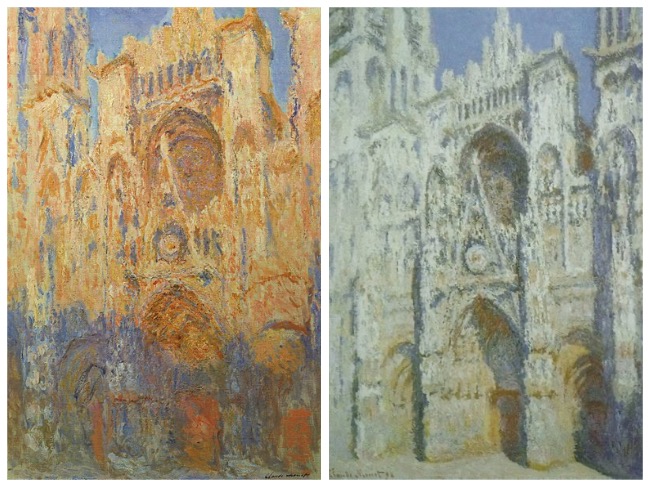
Rouen Cathedral. Facade (Sunset), Claude Monet (1892), Musée Marmottan Monet / CC and Rouen Cathedral, Portal and Tower Saint-Romain in the Sun, Claude Monet (1892-93), Musée d’Orsay / CC
Rouen
A pleasant train ride northwest of Paris will take you to the lovely Normand city of Rouen. Although heavily damaged in bombings during WWII, the city has been wonderfully restored. Its centre, abundant in colourful half-timbered houses, revolves around the Cathédrale Notre-Dame, immortalised by Monet. Found not far from his home in Giverny, between 1892 and 1893, Monet painted the cathedral over 30 times. An experiment of light and colour, he painted it at different times of day and year. After your day trip there, view some of his paintings of the cathedral at the Musée d’Orsay and the Musée Marmottan Monet, an excellent museum in the 16th district which houses the largest collection of Monet paintings in the world.
Getting there: Ranging from 75-90 minutes, regional TER trains depart regularly from Gare Saint-Lazare.
Looking for further art-themed activities in Paris or day trips from the capital? Peruse these other articles from our blog:
Interested in Studying art history in Paris? Learn more about our Master’s in the History and Philosophy of Art here.
Top image: Moret-sur-Loing, Alfred Sisley (1891), Collection particulière / CC
